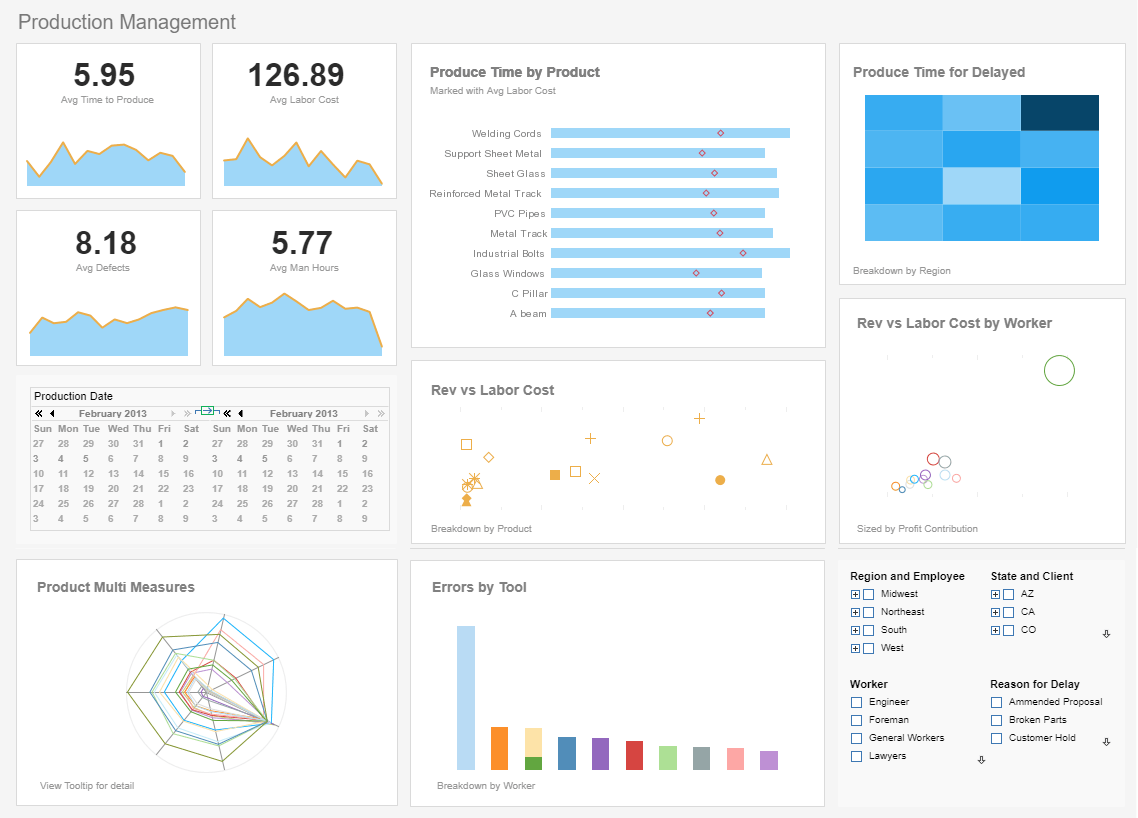Next Step in Building a Balanced Scorecard
This is the continuation of the transcript of an in-person customer seminar hosted by InetSoft on the topic of "Ingredients for a Performance Management System to Succeed." The speaker is Christopher Wren, Principal Consultant at TFI Consulting.
The next step in building a balanced scorecard is strategic planning. Strategic planning and thinking starts at high altitude. This is a high altitude activity. Right, it’s around here, 10,000 meters, right, 30,000 feet. The first thing we want to do is talk about what do customers value. What do they need? I mean not what they do they want, but what do they need that we are capable of providing them? We always start with customer needs. That’s the high altitude question. Once we get that, we look at the mission. What's our purpose? What do we do?
Then comes the vision. What do we want to be when we grow up? All right, what’s our picture of the future 3, 5, 10 years down the road? For a dot com company, it's a year right. So vision is in the eyes of the beholder.
Then come the perspectives. We call them performance dimensions. What are the different lenses that you want to look at. As you look at your strategy, I want to look at through the lens of financial performance, through the lens of customer satisfaction, through the lens of process efficiency and through the lens of organization capacity. Those are the perspectives.
| #1 Ranking: Read how InetSoft was rated #1 for user adoption in G2's user survey-based index | Read More |
Strategic Themes and Results
Then come the main focus areas of the business, strategic themes and the results for the themes. Then comes the objectives, the building blocks of our strategic themes and the strategy map. Now we are ready to talk about what a lot of people want to talk about first, performance measures and targets because we know what to measure now. We’ve gone through a deliberate process of figuring out what's important to this organization to create value as perceived by the customers, right customer centric, customer focused. Finally comes strategic initiatives. What are the projects and programs that contribute to our success? You know now we are down on ground floor. We’ve done a logical connection of the dots to build our planning and management system and then connect it together.
We use a nine step framework for this. The first step is assessment. That includes the development plan, identifying the mission, the vision, the core values, all of the strategic elements, finally the communications plan and the change management plan.
Then comes the strategy step which starts with customer needs, goes on to themes and results then the objectives, the elements of strategy, the building blocks. The strategy map shows the value creation process through the eyes of customers, performance measures then and targets and baselines and then finally the strategic initiatives. When you finish this you’ve built a balanced scorecard, a tier one balanced scorecard via six steps. All right, all the dots connect in 30,000 feet down to ground level.
Automation comes next. We think that’s the right time to automate. What we’ve learned over the years is the automation, hardware and software, gets better. We can start using it earlier in the process or at least start thinking about what options we should recommend and use earlier in the process.
But the actual collection and reporting starts after we get the software implemented and installed. Cascading takes the objectives down to business units and support units, and then finally step nine is one of the most important. Ask the question why did we get the results that we did? All right, it's not the performance measures results, it's the change management. Are the measures effective and efficient? All right, it's all of those things that force you to ask the question, do we have our strategy right? And then we go back through the loop if you need to.
 |
View live interactive examples in InetSoft's dashboard and visualization gallery. |
It Is a Dynamic Process
We show it as a wheel because it doesn’t work as a Gantt chart. All right, this is a dynamic process, a journey. It is not a project. We try never to use the word, the balanced scorecard project because it really is a dynamic process of thinking and moving an organization dynamically to other levels.
It's like building a custom house. That’s the easiest metaphor that we could think about. The roof of the house has those strategic elements incidentally. The SWOT analysis to us is one step away from what we really need out of that assessment.
What we are really looking for is what are the organization’s pains, and what are the organization’s enablers. Folks, if you are going to build one of these systems, find something to fix, or find something to replace. Otherwise you will be accused of just adding another layer on top of all of the other measurement work that we have to do. Find something to fix or find something to replace. It makes it much easier to sell these systems when the benefits include fixing something or replacing something.
| Previous: Performance Management System Workshops | Next: Balanced Scorecard Creation |


